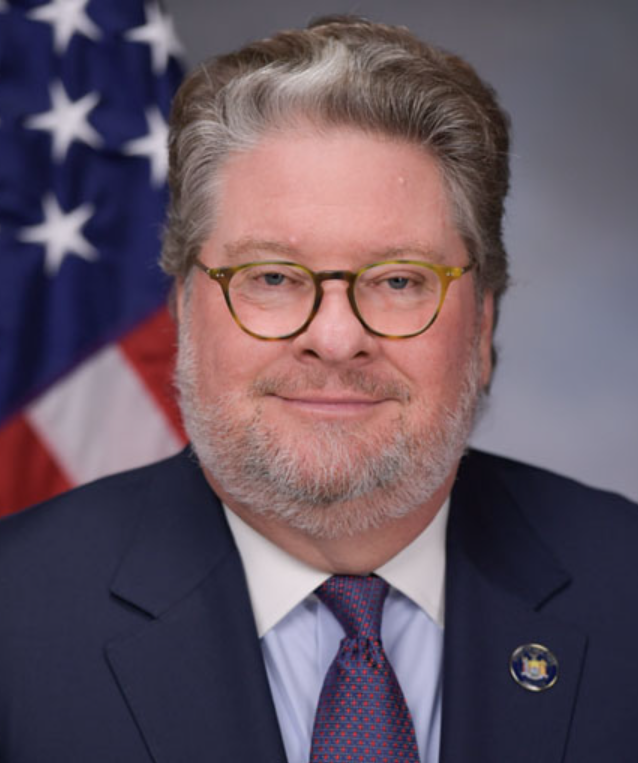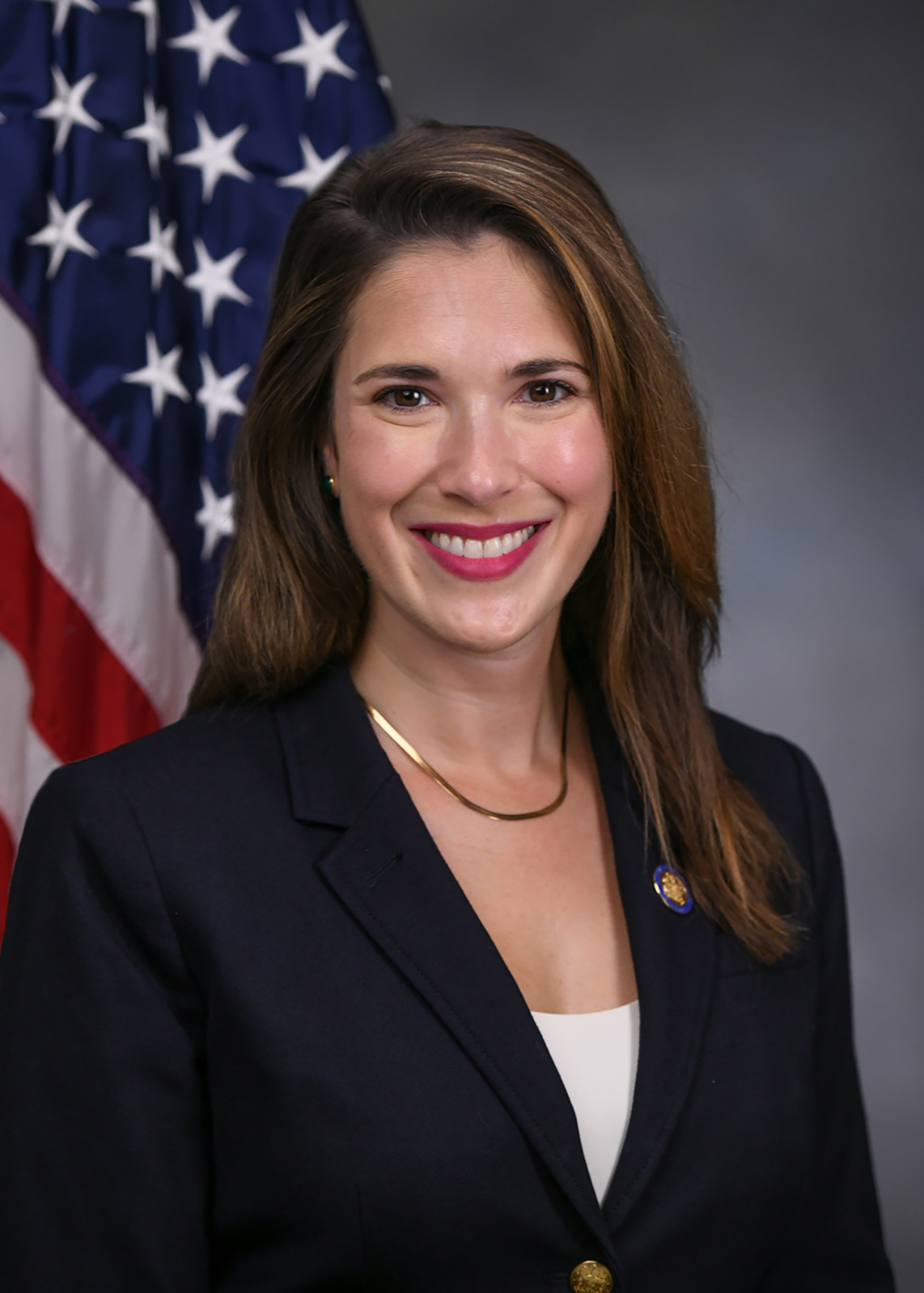C. THE AMOUNT OF ALL SUCH PUBLIC FUNDS, WHEN AGGREGATED, IS AT LEAST
FIVE MILLION DOLLARS.
2. For purposes of this section, "paid for in whole or in part out of
public funds" shall mean any of the following:
a. The payment of money, by a public entity, or a third party acting
on behalf of and for the benefit of a public entity, directly to or on
behalf of the contractor, subcontractor, developer or owner that is not
subject to repayment;
b. The savings achieved from fees, rents, interest rates, or other
loan costs, or insurance costs that are lower than market rate costs;
savings from reduced taxes as a result of tax credits, tax abatements,
tax exemptions or tax increment financing; savings from payments in lieu
of taxes; and any other savings from reduced, waived, or forgiven costs
that would have otherwise been at a higher or market rate but for the
involvement of the public entity;
c. Money loaned by the public entity that is to be repaid on a contin-
gent basis;
d. Credits that are applied by the public entity against repayment of
obligations to the public entity; or
e. Benefits under section four hundred sixty-seven-m of the real prop-
erty tax law.
3. For purposes of this section, "paid for in whole or in part out of
public funds" shall not include:
a. Benefits under section four hundred twenty-one-a of the real prop-
erty tax law;
b. [Funds that are not provided primarily to promote, incentivize, or
ensure that construction work is performed, which would otherwise be
captured in subdivision two of this section;
c.] Funds used to incentivize or ensure the development of a compre-
hensive sewage system, including connection to existing sewer lines or
creation of new sewage lines or sewer capacity, provided, however, that
such work shall be deemed to be a public work covered under the
provisions of this article;
[d. tax benefits provided for projects the length or value of which
are not able to be calculated at the time the work is to be performed;
e. tax benefits related to brownfield remediation or brownfield rede-
velopment pursuant to section twenty-one, twenty-two, one hundred eight-
y-seven-g or one hundred eighty-seven-h of the tax law, subdivision
seventeen or eighteen of section two hundred ten-B of the tax law,
subsection (dd) or (ee) of section six hundred six of the tax law, or
subdivision (u) or (v) of section fifteen hundred eleven of the tax law;
f.] C. funds provided pursuant to subdivision three of section twen-
ty-eight hundred fifty-three of the education law; AND
[g. any other public monies, credits, savings or loans, determined by
the public subsidy board created in section two hundred twenty-four-c of
this article as exempt from this definition; and
h.] D. benefits under section four hundred eighty-five-x of the real
property tax law.
4. For purposes of this section "covered project" shall not include
any of the following:
a. Construction work on one or two family dwellings where the property
is the owner's primary residence, or construction work performed on
property where the owner of the property owns no more than four dwelling
units;
b. Construction work performed under a contract with a not-for-profit
corporation as defined in section one hundred two of the not-for-profit
S. 6378 3
corporation law, other than a not-for-profit corporation formed exclu-
sively for the purpose of holding title to property and collecting
income thereof or any public entity as defined in this section, where
the not-for-profit corporation has gross annual revenue and support less
than five million dollars;
c. Construction work performed on a multiple residence and/or ancil-
lary amenities or installations that is wholly privately owned in any of
the following circumstances [except as provided for by section two
hundred twenty-four-c of this article]:
(i) where no less than twenty-five percent of the residential units
are affordable and shall be retained subject to an anticipated regulato-
ry agreement with a local, state, or federal governmental entity, or a
not-for-profit entity with an anticipated formal agreement with a local,
state, or federal governmental entity for purposes of providing afforda-
ble housing in a given locality or region provided that the period of
affordability for a residential unit deemed affordable under the
provisions of this paragraph shall be for no less than fifteen years
from the date of construction; or
(ii) where no less than thirty-five percent of the residential units
involves the provision of supportive housing services for vulnerable
populations provided that such units are subject to an anticipated regu-
latory agreement with a local, state, or federal governmental entity[;
or
(iii) any newly created programs for affordable or subsidized housing
as determined by the public subsidy board established by section two
hundred twenty-four-c of this article].
d. Construction work performed on a manufactured home park as defined
in paragraph three of subdivision a of section two hundred thirty-three
of the real property law where the manufactured home park is subject to
a regulatory agreement with a local, state, or federal governmental
entity for no less than fifteen years;
e. Construction work performed under a pre-hire collective bargaining
agreement between an owner or contractor and a bona fide building and
construction trade labor organization which has established itself as
the collective bargaining representative for all persons who will
perform work on such a project, and which provides that only contractors
and subcontractors who sign a pre-negotiated agreement with the labor
organization can perform work on such a project, or construction work
performed under a [labor peace agreement,] project labor agreement[, or
any other construction work performed under an enforceable agreement]
between an owner or contractor and a bona fide building and construction
trade labor organization;
f. [Construction work performed on projects funded by section
sixteen-n of the urban development corporation act or the downtown revi-
talization initiative;
g. Construction work and engineering and consulting services performed
in connection with the installation of a renewable energy system, renew-
able heating or cooling system, or energy storage system, with a capaci-
ty equal to or under five megawatts alternating current;
h. Construction work performed on supermarket retail space built or
renovated with tax incentives provided under the food retail expansion
to support health (FRESH) program through the New York city industrial
development agency;
i.] Construction work performed for interior fit-outs and improvements
under ten thousand square feet through small business incubation
S. 6378 4
programs operated by the New York city economic development corporation;
or
[j. Construction work on space to be used as a school under sixty
thousand square feet, pursuant to a lease from a private owner to the
New York city department of education and the school construction
authority; or
k.] G. Construction work performed on projects that received tax bene-
fits related to historic rehabilitation pursuant to subdivision twenty-
six of section two hundred ten-B of the tax law, subsection (oo) or (pp)
of section six hundred six of the tax law, or subdivision (y) of section
fifteen hundred eleven of the tax law.
5. For purposes of this section, "public entity" shall include, but
shall not be limited to, the state, a local development corporation as
defined in subdivision eight of section eighteen hundred one of the
public authorities law or section fourteen hundred eleven of the not-
for-profit corporation law, a municipal corporation as defined in
section one hundred nineteen-n of the general municipal law, an indus-
trial development agency formed pursuant to article eighteen-A of the
general municipal law or industrial development authorities formed
pursuant to article eight of the public authorities law, and any state,
local or interstate or international authorities as defined in section
two of the public authorities law; and shall include any trust created
by any such entities.
6. [For purposes of this section, "construction" means work which
shall be as defined by the public subsidy board to require payment of
prevailing wage, and which may involve the employment of laborers, work-
ers, or mechanics.
7.] For purposes of this section and section two hundred twenty-four-b
of this article, the "fiscal officer" shall be deemed to be the commis-
sioner.
[8.] 7. The enforcement of any construction work deemed to be a
covered project pursuant to this section, and any additional require-
ments, shall be subject, in addition to this section, [only] to the
requirements of sections two hundred twenty, two hundred twenty-four-b,
[two hundred twenty-four-c, and] two hundred twenty-b, TWO HUNDRED TWEN-
TY-I, AND TWO HUNDRED TWENTY-J of this article and within the jurisdic-
tion of the fiscal officer; provided, however, nothing contained in this
section shall be deemed to construe any covered project as otherwise
being considered public work pursuant to this article; and further
provided:
a. The owner or developer of such covered project shall certify under
penalty of perjury [within] NOT LESS THAN five days [of] PRIOR TO THE
commencement of construction work whether the project at issue is
subject to the provisions of this section through the use of a standard
form developed by the fiscal officer.
b. The owners or developers of a property who are undertaking a
project under private contract, may seek guidance from the [public
subsidy board contained in section two hundred twenty-four-c of this
article] DEPARTMENT, and [such board] THE DEPARTMENT may [render an
opinion] ISSUE A DETERMINATION as to whether or not the project is a
covered project within the meaning of this article. [Any such determi-
nation shall not be reviewable by the fiscal officer, nor shall it be
reviewable by the department pursuant to section two hundred twenty of
this article.]
c. The owner or developer of a covered project shall be responsible
for retaining original payroll records in accordance with section two
S. 6378 5
hundred twenty of this article for a period of six years from the
conclusion of such work. All payroll records maintained by an owner or
developer pursuant to this section shall be subject to inspection on
request of the fiscal officer. Such owner or developer may authorize the
prime contractor of the construction project to take responsibility for
retaining and maintaining payroll records, but will be held jointly and
severally liable for any violations of such contractor. All records
obtained by the fiscal officer shall be subject to the Freedom of Infor-
mation Law.
d. (I) Each public entity providing any of the public funds listed in
subdivision two of this section to an owner, developer, contractor or
subcontractor of a project shall [identify] PROVIDE A CERTIFICATION, ON
A FORM PROVIDED BY THE DEPARTMENT, TO BOTH THE DEPARTMENT AND RECIPIENT
WHICH IDENTIFIES the nature and dollar value of such funds and whether
any such funds are excluded under subdivision three of this section and
shall so notify the recipient of such funds of such determination and of
their obligations under paragraph a of this subdivision. SUCH CERTIF-
ICATION SHALL BE FILED WITH THE DEPARTMENT WITHIN TWO DAYS OF THE DATE
IN WHICH THE RECIPIENT AND PUBLIC ENTITY EXECUTED THE AGREEMENT FOR THE
ISSUANCE OF SUCH PUBLIC FUNDS. THE DEPARTMENT SHALL MAINTAIN A LIST OF
ALL CERTIFICATIONS RECEIVED PURSUANT TO THIS PARAGRAPH, WHICH SHALL BE
AVAILABLE TO THE PUBLIC UPON REQUEST. THE DEPARTMENT IS AUTHORIZED TO
REFER ANY FAILURE BY A PUBLIC ENTITY TO COMPLY WITH THIS PARAGRAPH TO
THE COMPTROLLER OR ATTORNEY GENERAL, OR BOTH, FOR FURTHER INVESTIGATION.
(II) FOR PUBLIC FUNDS THAT PROVIDE THE RECIPIENT WITH A FUTURE BENEFIT
OR INCENTIVES IN FUTURE YEARS, THE CERTIFICATION PROVIDED TO THE RECIPI-
ENT BY THE PUBLIC ENTITY SHALL IDENTIFY THE ESTIMATED FUTURE VALUE OF
THE FUNDS AND THE METHODOLOGY USED BY THE PUBLIC ENTITY TO DETERMINE THE
FUTURE VALUE. SUCH FUTURE VALUE SHALL NOT BE LESS THAN ANY CALCULATIONS
MADE BY THE RECIPIENT IN PUBLIC OR PRIVATE FINANCING DOCUMENTS RELATED
TO THE PROJECT. THE DEPARTMENT, UPON INVESTIGATION, MAY REJECT THIS
ESTIMATION AND CALCULATE A FUTURE VALUE IN ACCORDANCE WITH SUBPARAGRAPH
(III) OF THIS PARAGRAPH.
(III) WHERE THE PUBLIC ENTITY FAILS TO PROVIDE AN ESTIMATED FUTURE
VALUE OF FUNDS BASED ON A REASONABLE METHODOLOGY, THE DEPARTMENT SHALL
DETERMINE THE ESTIMATED FUTURE VALUE OF FUNDS BY APPLYING TO THE PRESENT
VALUE OF THE FUNDS AN ANNUAL GROWTH OF NOT LESS THAN TWO PERCENT AND A
DISCOUNTED PRESENT VALUE RATE OF NOT MORE THAN SEVEN PERCENT.
(IV) THE DEPARTMENT SHALL ISSUE GUIDANCE ON THIS SUBDIVISION, INCLUD-
ING THE CERTIFICATION FORM AND FUTURE BENEFIT CALCULATIONS, WITHIN THIR-
TY DAYS OF THE EFFECTIVE DATE OF THE CHAPTER OF THE LAWS OF TWO THOUSAND
TWENTY-FIVE THAT AMENDED THIS PARAGRAPH.
e. The fiscal officer may issue rules and regulations governing the
provisions of this section. Violations of this section shall be grounds
for determinations and orders pursuant to section two hundred twenty-b
of this article.
[9.] 8. Each owner and developer subject to the requirements of this
section shall comply with the objectives and goals of minority and
women-owned business enterprises pursuant to article fifteen-A of the
executive law and service-disabled veteran-owned businesses pursuant to
article [seventeen-B of the executive law] THREE OF THE VETERANS'
SERVICES LAW. The department in consultation with the directors of the
division of minority and women's business development and of the divi-
sion of service-disabled veterans' business development shall make
training and resources available to assist minority and women-owned
business enterprises and service-disabled veteran-owned business enter-
S. 6378 6
prises on covered projects achieve and maintain compliance with prevail-
ing wage requirements. The department shall make such training and
resources available online and shall afford minority and women-owned
business enterprises and service-disabled veteran-owned business enter-
prises an opportunity to submit comments on such training.
[10.] 9. a. The fiscal officer shall report to the governor, the
temporary president of the senate, and the speaker of the assembly by
July first, two thousand twenty-two, and annually thereafter, on the
participation of minority and women-owned business enterprises in
relation to covered projects and contracts for public work subject to
the provisions of this section and section two hundred twenty of this
article respectively as well as the diversity practices of contractors
and subcontractors employing laborers, workers, and mechanics on such
projects.
b. Such reports shall include aggregated data on the utilization and
participation of minority and women-owned business enterprises, the
employment of minorities and women in construction-related jobs on such
projects, and the commitment of contractors and subcontractors on such
projects to adopting practices and policies that promote diversity with-
in the workforce. The reports shall also examine the compliance of
contractors and subcontractors with other equal employment opportunity
requirements and anti-discrimination laws, in addition to any other
employment practices deemed pertinent by the commissioner.
c. The fiscal officer may require any owner or developer to disclose
information on the participation of minority and women-owned business
enterprises and the diversity practices of contractors and subcontrac-
tors involved in the performance of any covered project. It shall be the
duty of the fiscal officer to consult and to share such information in
order to effectuate the requirements of this section.
[11. If construction work is not deemed to be a covered project,
whether by virtue of an exclusion of such project under subdivision four
of this section, or by virtue or not receiving sufficient public money
to be deemed "paid for in whole or in part out of public funds", such
project shall not be subject to the requirements of sections two hundred
twenty and two hundred twenty-b of this article.]
§ 2. Section 224-c of the labor law is REPEALED.
§ 3. This act shall take effect immediately.


